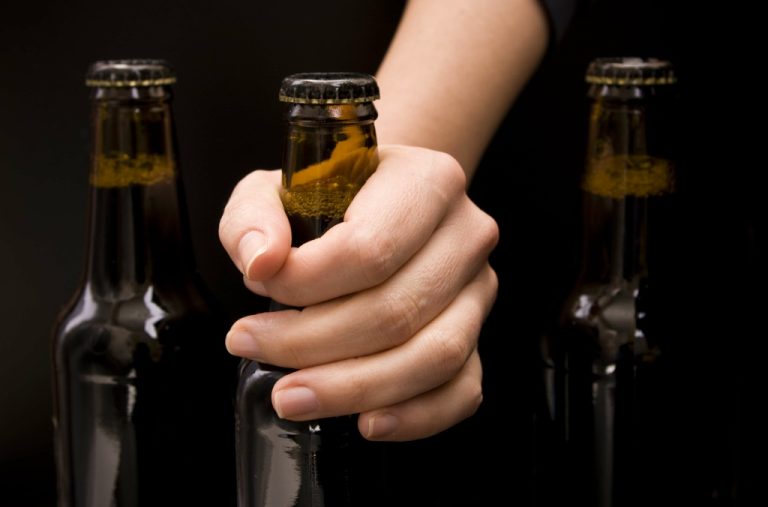Level 4 care is needed when patients have significant withdrawal symptoms or are at risk of severe or complicated withdrawal should they undergo treatment. This level may also be needed for patients who require medical stabilization for other reasons. Here you’ll how long is drug rehab learn why the levels of care provide a common language and why this matters for creating effective treatment plans. Program type determines the weekly time budget and how quickly clinical hours accrue, and your plan may be shaped by whether health insurance coverage for rehab is available. Residential compresses hours into fewer calendar days; outpatient spreads them across weeks. Repeat offenders, high-BAC DUIs with aggravating factors, or drug-related felonies commonly see 90 to 180 days or more, plus extended aftercare.
Where to find the right addiction treatment center
According to the National Institute of Mental Health, mental illness affects almost 1 in 5 adults in the United States. Common mental illnesses, such as schizophrenia, depression, and bipolar disorder, can be difficult to navigate alone. For those who haven’t found relief with traditional therapy, a more comprehensive approach may be necessary.
How Long Does It Take for Weed to Leave Your System: Factors You Should Know

To complete a 60-day drug recovery program, you are likely to reside at the facility for around two months. The treatment facility will usually offer meals, and family and friends are welcome to visit at certain times. It’s also possible that you’ll end up spending more time than the standard 60-day limit allows as many 60-day programs offer 90-day and 180-day programs. At FHE Health, we offer specialized treatments for mental health and addiction.

Substance Abuse Rehab Centers Near You
Substance use rehabilitation, or rehab, often involves several alcoholism treatment interventions implemented over a period of many days, weeks, or months. Individuals will be assessed before commencing treatment to determine their specific treatment needs. Each type of program contributes to the overall rehab length, giving individuals the time and resources they need to recover fully. Some short-term centers provide everything you need, allowing you to reside on-site during treatment. These rehabilitation centers have set visiting hours so loved ones can check in on you as your healing progresses. In addition, someone who relapses may undergo the treatment process multiple times.
- These include the severity of addiction, co-occurring mental health conditions, individual progress, and readiness to transition back into daily life.
- A 30-day program provides initial stabilization, acute withdrawal management and introduction to relapse prevention tools.
- This can include the length of treatment that will be approved, any limitations or restrictions, and the out-of-pocket costs you may be responsible for.
- She likes to say that advocacy is her passion and leadership is her superpower.
- This information helps us determine the best course of action for your recovery.
Our mental health rehab program offers professionals who can focus on your experience to build a treatment plan. A simple sprain needs far less attention than a complex fracture, just as a more severe substance use disorder requires a longer, more in-depth approach to truly heal the underlying issues. This isn’t a new idea for addiction—it’s just good, fundamental medical practice. What we’ve seen time and again is that longer stays consistently yield better outcomes. Those 90+ days that experts recommend aren’t arbitrary—they reflect what’s typically needed for meaningful change to take root. That said, we understand real-world commitments don’t always allow for extended residential stays.
- Residential rehabs generally offer a higher level of care, providing 24-hour support from a team of medical professionals.
- Explore alternative ways to achieve sobriety without rehab, including support groups, therapy, lifestyle changes, self-help techniques, and healthy coping strategies for lasting recovery.
- Addiction alters the chemistry of the brain, causing drastic changes the longer someone uses a substance.
- This is part of our ongoing commitment to ensure FHE Health is trusted as a leader in mental health and addiction care.
Partial hospitalisation packages (PHP) are a centre floor among inpatient and outpatient care. Treatment programs offer in-depth remedies at some stage in the day, permitting patients to go back home for the night. Intensive outpatient applications (IOP) additionally provide an excessive degree of care but with greater flexibility, frequently assessments several times a week for prolonged sessions. Both PHP and IOP are beneficial for persons who need widespread help but no longer require 24-hour supervision. Robust aftercare plans in treatment centres can offer essential assistance to transition back into everyday life, doubtlessly lowering the need for extended inpatient treatment. Understanding those elements allows us to appreciate why treatment times vary.
What Is the Last and Most Crucial Step in the Treatment of Alcoholism

This mid-length option is particularly suitable for individuals who have experienced relapses or are dealing with more severe substance use disorders. It strikes a balance between short-term interventions and the extended commitment required for long-term programs. While effective, short-term programs often require supplementary care, such as outpatient therapy or support groups, to sustain progress.

